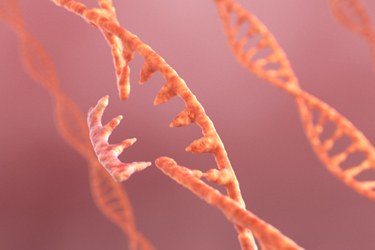Transcriptomic Analysis Identifies Differential Expression Patterns In Cellular Stress Response, Signal Transduction, And Extracellular Matrix Proteins During AAV Production
By Joshua Tworig, Francis Grafton, Markus Hoerer, Christopher A. Reid, and Mohammad A. Mandegar

Recombinant adeno-associated virus (rAAV) is a widely used viral vector for gene therapy, yet challenges in productivity and vector quality hinder its clinical and commercial potential. To meet the increasing demand for gene therapies, a deeper mechanistic understanding of the cellular response to rAAV production is essential for developing next-generation production processes. In this study, we performed transcriptomic analysis at multiple stages of rAAV production to identify altered pathways. RNA sequencing was conducted on suspension-adapted HEK293 cells from two polyclonal populations during rAAV9 production, including both polyclonal and clonally derived cells to identify robust transcriptional signatures independent of clonal variations. Differential expression analysis across timepoints revealed significant upregulation of genes related to heat shock, inflammation, Golgi organization, spindle assembly, and cytoskeleton-associated components, while transcriptional repressors were consistently downregulated. Additionally, several extracellular matrix-associated proteins showed significant expression changes during production.
These findings reveal novel and previously recognized pathways that may influence rAAV productivity, offering valuable insights for engineering improved production processes and cell lines for higher yields and better quality rAAV. We encourage further exploration of these pathways to optimize rAAV production and enhance the scalability and quality of gene therapies.
Get unlimited access to:
Enter your credentials below to log in. Not yet a member of Cell & Gene? Subscribe today.
